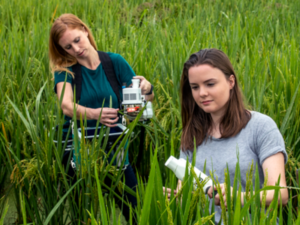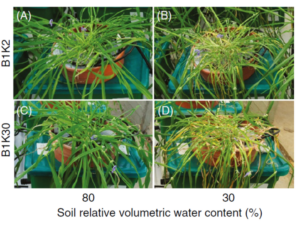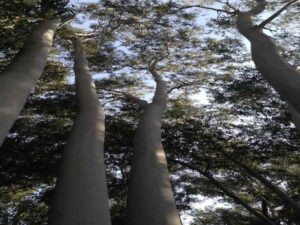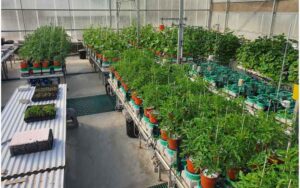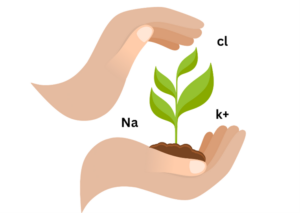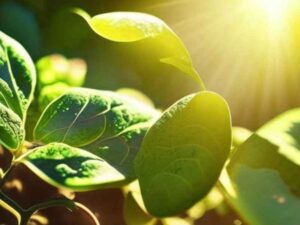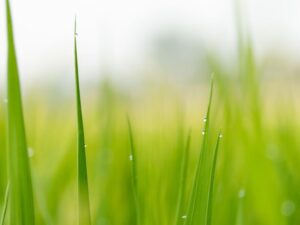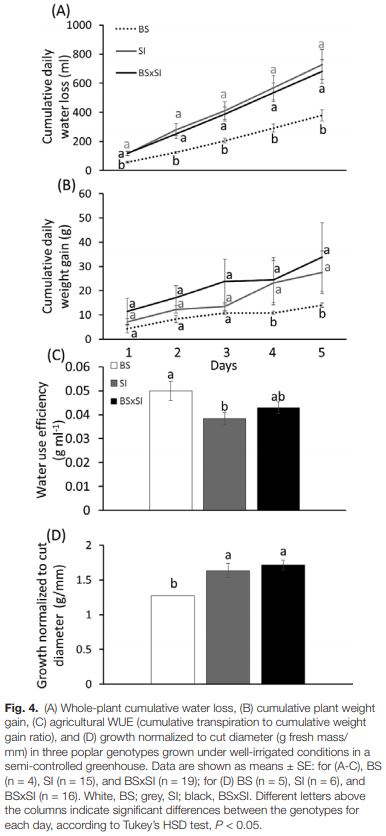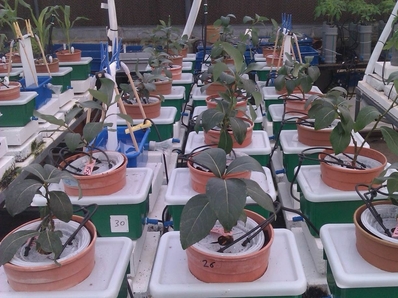 Study objective:
Study objective:
Poplar genotypes were studied to assess the physiological basis for biomass accumulation and water-use efficiency across a range of water availabilities.
Study Results:
Under ample water, whole plant stomatal conductance (gs), transpiration (E), and growth rates (measured by Plantarray) were higher in anisohydric genotypes (SI and BSxSI) than in isohydric poplars (BS). Under drought, all genotypes regulated the leaf to stem water potential gradient via changes in gs, synchronizing leaf hydraulic conductance (Kleaf) and E.
Published article:
Growth and physiological responses of isohydric and anisohydric poplars to drought
Ziv Attia et al., (2015) Journal of Experimental Botany doi10.1093jxberv195

